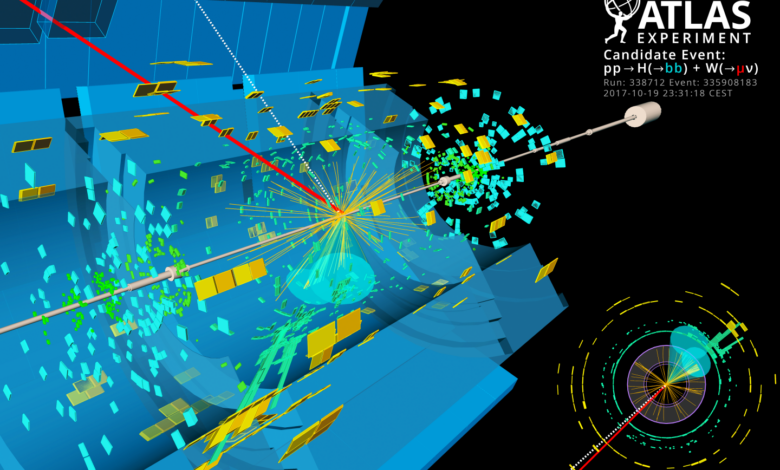How does the Higgs mechanism give mass to things? (Video)

The Higgs boson has a very interesting fundamental property – it is thought to give the mass characterization of all matter through the so-called Higgs . mechanism.

Candidate event display for the production of the Higgs boson at the LHC (Image: ATLAS Collaboration / CERN)
This elementary particle – the Higgs boson – is famous not only for it hard to detect and need the LHC built for this purpose. It constantly interacts with other elementary particles, such as electrons. As a result, other particles have “give” mass.
It is important not to misunderstand this mechanism: matter or energy is not created out of nothing. Instead, the Higgs boson ‘connects’ to previously massless particles traveling at the speed of light, slowing them down, forcing them to become “heavy”.
Watch the following video for a detailed and intuitive explanation of the Higgs mechanism:





